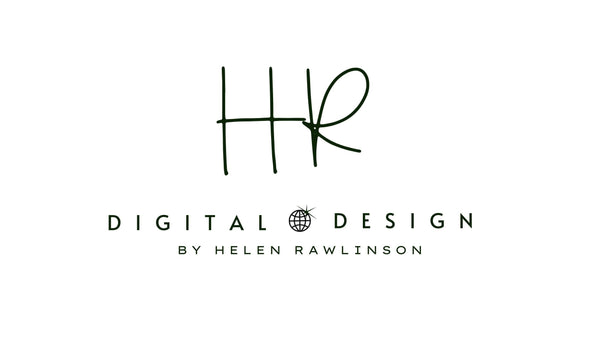How to plan website content that connects with your audience:
Getting your website content right can feel like a big job – especially when you’re spinning all the plates that come with running a small business. But a little bit of planning goes a long way, and if you break it down into manageable steps, it becomes much more doable (and even a little bit enjoyable).
Here’s a friendly and realistic Helen-approved ten-step approach to help you get started.
First things first, be clear about what you want your content to do. Are you trying to inform people about your services, build trust, sell products, or get enquiries? Often, it’s a mix of a few things – but knowing the main goal for each page or piece of content will help everything fall into place much more easily.
Next, think about who you're writing for.
What do your ideal customers actually need?
What are they struggling with or searching for?
If you can tailor your content to answer real questions and offer helpful, reassuring information, you’re halfway there. It's about making them feel understood and supported, not overwhelmed with jargon.
It also helps to think about how people move through your website. This customer journey is so important. Someone who’s just landed on your homepage might need something different to someone reading your FAQs or checking out your services. Try to guide people through a journey – starting with discovery, then offering clarity, and finally giving them a simple next step to take (like booking, buying or getting in touch).
A content calendar might sound like something only big marketing teams use, but it’s actually just a fancy way of staying organised. Even a simple list of what content you need and when you plan to write or update it can keep things ticking along nicely and help you stay consistent. There are lots of apps out there that can be used to help with this if you think you want something bigger and better than a to do list (I have a to do list, a desk calendar, a project management tool and a social media content planner)...
Don’t feel like everything has to be a blog post either. People consume content in lots of different ways, so it’s a good idea to mix things up. That might mean adding short videos, visual guides, client stories, simple FAQs or even downloadable checklists – whatever makes your message clearer and more engaging.
When it comes to being found online, SEO can make a big difference. You don’t need to become an expert, but including relevant keywords (the kind of words your customers are likely to search for) will help you show up in search engines. It’s all about making your content discoverable by the right people.
One of the easiest ways to build trust is to answer questions before they’re asked. Think about the things people often hesitate over – pricing, how your process works, whether you’re the right fit – and talk about them openly. This can save you time and make potential clients feel more confident about getting in touch.
Images and visuals are also worth thinking about.

A few well-chosen photos or graphics can really lift your content and help tell your story. Whether it’s pictures of you at work, snapshots of your product or behind-the-scenes glimpses, these visuals help make your website feel more personal and engaging. I would definitely recommend investing some money in professional shots - they can really elevate a website and also help you with your own confidence about getting your face out there (selfies do nothing for my jaw line!)...
Don’t forget that your brand voice and style should come through in every bit of content – not just on your homepage. From the way you write to the colours you use, try to keep things consistent across your whole site. It helps people recognise you and builds trust.
Lastly, once your content is live, check in on how it’s doing. Use your website analytics to see which pages people visit most, how long they stay, and where they drop off. This insight can help you tweak things over time and keep improving as your business grows.
Planning your content with intention can take your website from a placeholder to a powerful part of your business. You don’t need to be a copywriter or a tech whizz – just be thoughtful, helpful, and genuine.
That’s what really resonates with your audience.

